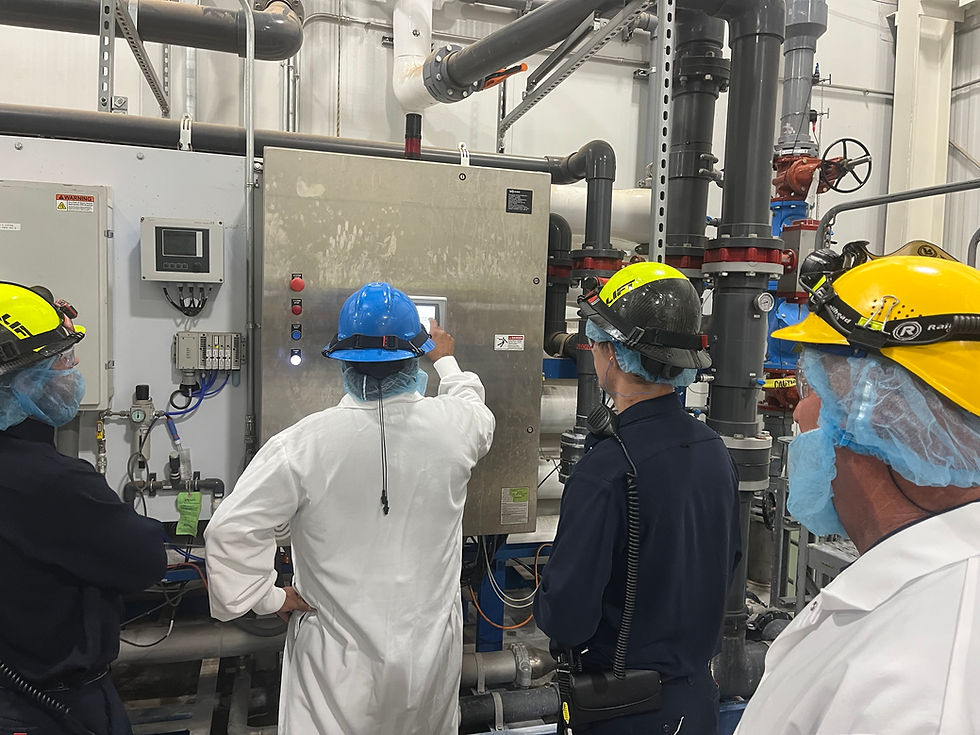Water for medical facility Sterile Processing Department
- Heather

- Feb 21, 2024
- 2 min read
Updated: Aug 27
A burgeoning, longer-living human population indicates continued growth for the medical industry. With this growth, every hospital department evolves with technology and capacity demands, including sterile processing. Let's see how high purity water systems fit in with disinfection and sterilization in this critical department of the hospital.
A medical facility sterile processing department collects, cleans, disinfects, and sterilizes durable medical tools and equipment before labeling and distribution back to surgical theaters and other departments.
There are different levels of cleaning and sterilization available, ranging from non-critical to semi critical to critical. Whereas certain equipment needs only a minimum disinfection, such as IV poles and bedpans, any instrument that comes into contact with a patient's blood stream or other sterile area of the body must be sterilized according to the highest standards.
Even at the non-critical level, pre-treated water by means of RO/DI is important. Cleaning agents work better and devices are rinsed more thoroughly when the water is devoid of dissolved salts and other contaminants.

Tap water may contain a variety of contaminants. Metals such as aluminum, copper, iron, and potassium can cause instrument staining. Dissolved hardness from calcium and magnesium can result in a whitish film of scale on instruments. Pitting, staining, and corrosion can arise when pH factors are present in the incoming potable water. For this reason, it is important to pre-treat water used in central processing by reverse osmosis or "DI" (ion exchange).
At the critical level of sterilization, clean steam can be highly effective. This offers the advantage of fewer deposits on instruments and sterilizer chamber surfaces. Steam quality and purity is highly dependent on the incoming water quality.
A stainless-steel generator vessel, either stand-alone or integrated into the sterilizer, is supplied with RO and/or DI water to generate clean steam. The resistivity of the treated water must measure >1 MΩ⋅cm to avoid contamination and malfunctioning of the generator’s mechanical float switches.
Importantly, generator and sterilizer piping and components must be stainless steel because RO/DI water has an aggressive nature. The few ions present in such purified water can cause copper and iron piping to leech into water treated with RO/DI, compromising purity potential and longevity of your steam generation.
There are significant benefits to supplying a stainless steel steam generator with high purity water. It will last longer if properly maintained since hardness and other minerals are reduced to very low levels. Using high purity water will also greatly diminish staining on the chamber walls and instruments.
Commercial Water has the high purity water treatment experience to help you determine if your current RO/DI system is correctly sized in times of growth and change. We are pleased to be your partner in designing, implementing, and maintaining a system to deliver water for medical facility sterile processing system that meets your exact needs without overshooting the mark of cost, complexity, or capacity.
There is so much that customized high purity water treatment accomplishes. Curious?





Comments